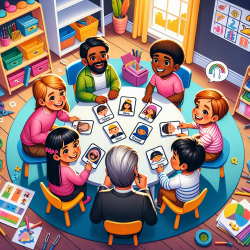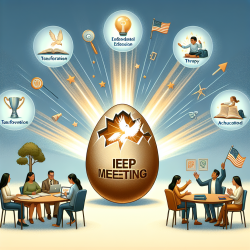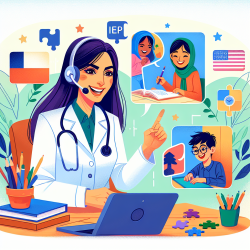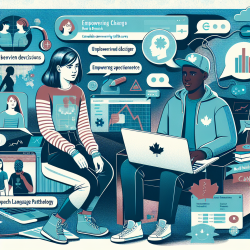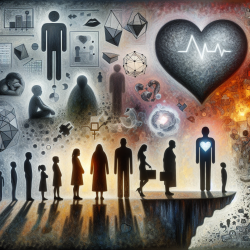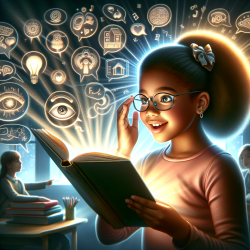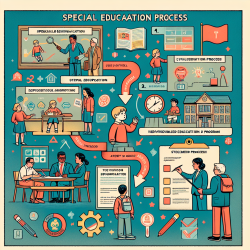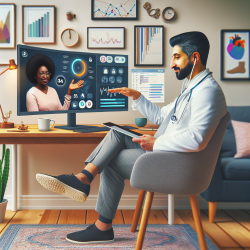Language development and rehabilitation in children and adults often require innovative approaches to stimulate engagement and learning. The use of Photo Language Cards, as discussed in a notable research article, presents a compelling method for enhancing vocabulary skills, syntax, functional use of language, critical thinking, creative thinking, and problem-solving abilities. This blog aims to explore how practitioners can implement the outcomes of the research presented or encourage further research to improve their skills.
Photo Language Cards are a set of 48, full-color, 9" by 12" photo cards that depict a wide range of characters and situations. Each card comes with a suggested vocabulary list arranged by parts of speech and suggested activities aimed at developing various language skills. These cards are designed to be versatile and adaptable for children in kindergarten through grade six, including those with mild to significant degrees of language impairment, hearing impairments, and those learning English as a second language.
The flexibility of Photo Language Cards lies in their application across different learning environments and student abilities. Here are several ways practitioners can utilize these cards to enhance language therapy:
- Storytelling: Encourage students to create oral or written stories based on the images. This activity can help develop narrative skills, syntax, and creative thinking.
- Critical Thinking: Ask students to predict possible outcomes or preceding events related to the picture. This can aid in developing critical thinking and reasoning skills.
- Functional Language Use: Have students engage in role-play or generate dialogues that characters in the photo might be having. This promotes the functional use of language in social contexts.
- Vocabulary Building: Use the suggested vocabulary list to introduce new words and concepts, enhancing students' lexicon and understanding of language structures.
- Group Discussions: The size of the cards allows for group activities where students can discuss and analyze the photos together, fostering social skills and collaborative learning.
For children with specific language impairments or those learning English as a second language, these cards offer a tangible and relatable tool for bridging gaps in understanding and expression. The realistic and colorful photographs capture attention and can be used to target a wide array of therapy goals, making learning both engaging and effective.
Moreover, the versatility of Photo Language Cards means they can be easily integrated into existing therapy programs. Whether used as a primary tool or as a supplementary aid, they offer endless possibilities for treatment activities. Their ease of use in both individual and group settings adds to their appeal, making them a valuable addition to any clinician's collection of materials.
It's important for practitioners to consider the individual needs and abilities of their students when utilizing Photo Language Cards. Customizing activities and discussions based on the student's current language level and goals can maximize the effectiveness of these materials. Additionally, engaging with parents and caregivers about the activities and encouraging them to use the cards at home can further reinforce language skills learned during therapy sessions.
In conclusion, Photo Language Cards offer a dynamic and flexible approach to language therapy that can significantly benefit children and adults alike. By incorporating these cards into therapy sessions, practitioners can enhance the development of crucial language skills in a fun and interactive way. For those interested in exploring this tool further and implementing its strategies into their practice, understanding the research and suggested activities can be an invaluable step towards more effective language therapy.
To read the original research paper, please follow this link: Photo Language Cards.
